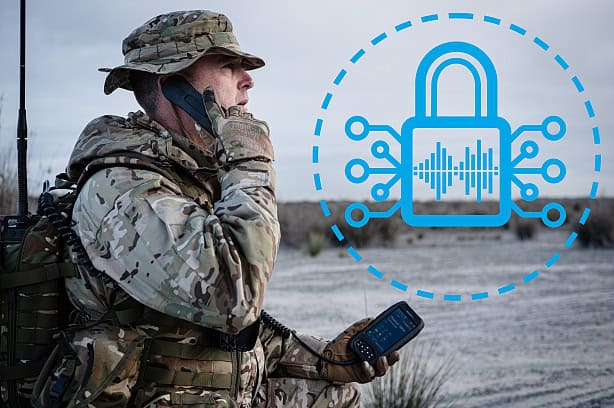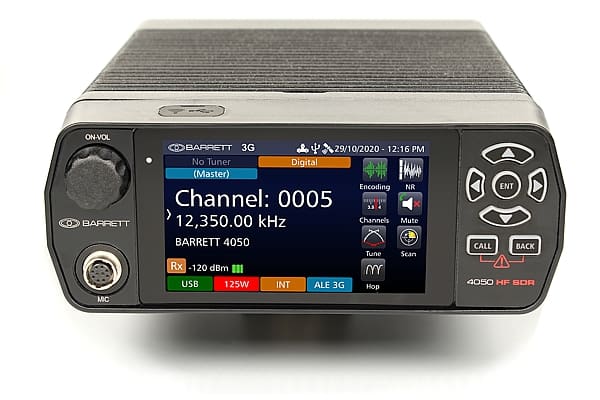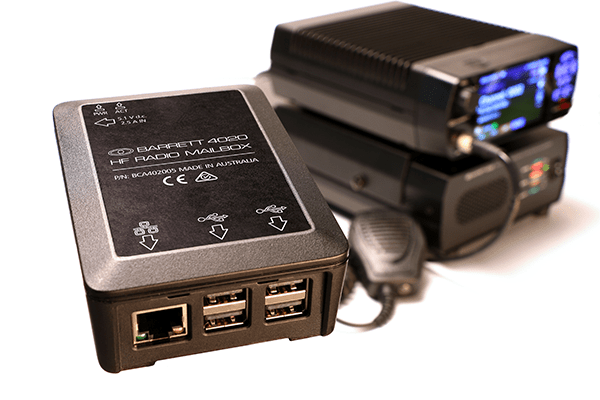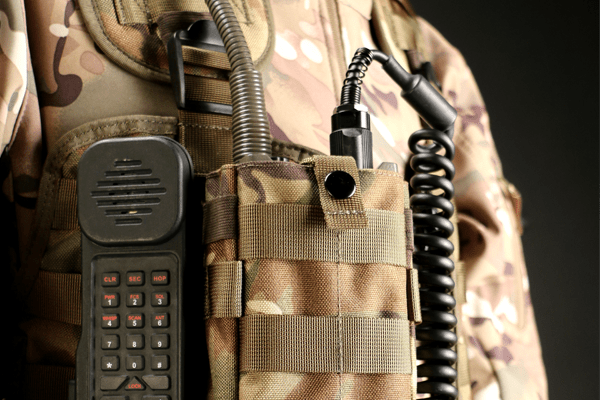Challenges in radio communication: Overcoming atmospheric effects
Challenges in radio communication: Overcoming atmospheric effects

Explore the influence of wireless communication and uncover strategies to ensure uninterrupted connection.
In the world of wireless communication, seasonal transitions are more than just meteorological changes. They introduce a series of hurdles that can significantly impact the reliability, strength and quality of radio transmissions.
In this article, we discuss some aspects of seasonal atmospheric effects, including temperature and humidity, on tactical and two-way wireless communication.
Understanding atmospheric effects on tactical wireless communication
Temperature and humidity fluctuations have a pronounced impact on wireless communication, with these atmospheric conditions posing a quiet yet powerful hindrance to clear communication.
Some key factors that highlight the impact of atmospheric conditions on radio wave behaviour are:
- Signal strength varies with temperature, often requiring higher frequencies during the day when the sun is high due to ionospheric changes.
- Intermittent communication breakdowns due to atmospheric disruptions.
Gleaning insights from the research featured in IEEE Xplore, we realise that these seasonal atmospheric effects should not be overlooked, calling for strategies to mitigate these effects and sustain clear and efficient communication channels.
Strategies for overcoming seasonal atmospheric effects
Stepping into the solution space, innovation stands as a pillar of hope. A range of strategies have been formulated to counter the atmospheric effects, utilising adaptive technologies that are at the cutting edge of wireless communication. These strategies offer practical solutions to enhance the reliability and effectiveness of wireless communication systems.
- Undertaking comprehensive network planning including provision for multiple frequencies is the best way to increase the effectiveness of a network.
- Utilise features such as Beacon calls and in Automatic Link Establishment (ALE) 2G and 3G (purchased seperately) Soundings to determine a frequency’s signal strength and select the most appropriate frequency to transmit on. ALE can do this automatically, choosing the best channel based on its sounding results.
- Free tools such as VOACAP can model propogation taking into account power, location and antenna type among other variables.
Key takeaways
Understanding and counteracting the seasonal atmospheric effects on tactical and two-way wireless communication is foundational for progress in this field. Incorporating these adaptive strategies can lead to more resilient systems that account for day-to-night frequency changes due to temperature and shifts in the ionosphere.
For those keen to delve deeper into this subject, consider reaching out to Barrett Communications to explore potential solutions tailored to your two-way communication needs.







